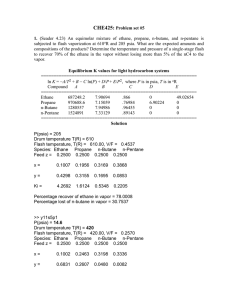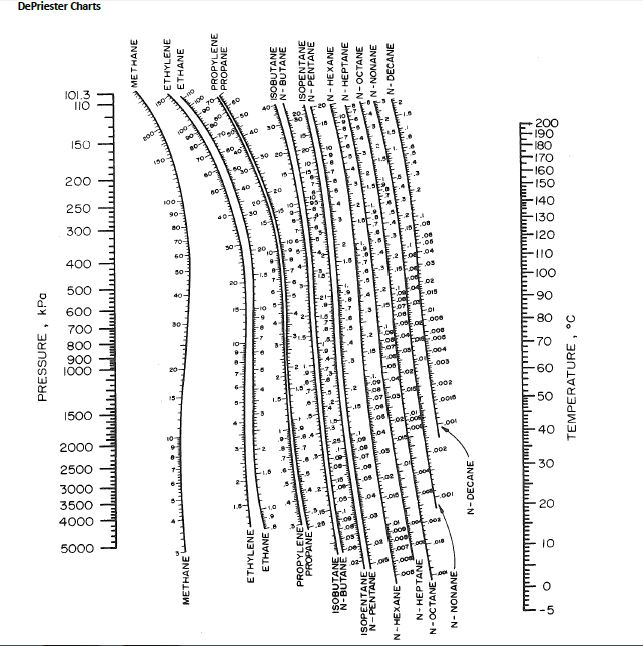

As it is produced to the surface under lower pressure and temperature, gas will come out from the oil phase. Under reservoir conditions, gas is often dissolved in the oil phase as associated gas. Understanding the near-wellbore gas-condensate flow is thus very important to optimize production of gas-condensate reservoirs. Removing the bank of condensate from the near-wellbore region is still a challenge for the oil and gas industry. Another way is to inject both nitrogen and methane, which develops a miscible displacement process and results in high condensate recoveries ( Sanger and Hagoort, 1998). This approach is repeated several times in the life of the well. The gas dissolves and sweeps the liquid condensate into the reservoir.

An alternative technique is to allow the formation of condensate, but occasionally to inject methane gas into the production well. This is often not satisfactory because the drawdown (reservoir pressure minus flowing bottomhole pressure) may not be sufficient enough for the economic production rate. One way to prevent the formation of condensate is to maintain the flowing well bottomhole pressure above the dew point pressure. Sometimes it could seize production ( Wang, 2000). During production from such reservoirs, the pressure gradient formed between the reservoir pressure and the flowing bottomhole pressure may result in liquid condensation and form a condensate bank around the wellbore, reduce gas relative permeability and remain unrecoverable. Many natural gas reservoirs behave in this manner. Between the dew point and the point where liquid revaporizes is the region (shaded area in Figure 1-7) of retrograde condensation ( McCain, 1973).

As pressure decreases further, liquid starts to revaporize. As pressure decreases from point B to the two-phase shaded area in Figure 1-7, the amount of liquid in the reservoir increases. No other mixtures of gases exhibit such behavior. Retrograde condensate systems and reservoirs are a unique phenomenon that appears only among hydrocarbon mixtures. 1.5.2 Retrograde-Condensate-Gas Phase Behavior Wet gas, on the other hand, will have liquid dropped out once it reaches the surface, which means that the surface conditions of pressure and temperature will fall inside the two-phase region. Therefore it will not form any liquids, which are at times referred to as NGL (natural gas liquids). When it is produced to the surface, it is maintained in the gaseous phase with surface temperature falling outside the two-phase envelope. It contains primarily methane with small amounts of ethane, propane, and butane, with little or no heavier compounds. 1.5.1 Dry- and Wet-Gas Phase BehaviorsĪs discussed earlier in this chapter, dry gas is in the gaseous phase under reservoir conditions, as marked by point A in Figure 1-7.

Ĭricondenbar-the highest pressure at which a liquid and vapor can coexist.Ĭlearly, the natural gas phase envelope can be very different depending on its source.That means the mixture will be gas irrespective of pressure when the temperature is larger than cricondentherm. Ĭricondentherm-the highest temperature at which liquid and vapor can coexist.The pressure and temperature at the critical point are called critical pressure and temperature, respectively. At that given pressure and temperature, gas properties are identical to liquid properties. Ĭritical Point-the point on the phase envelope where the bubble point curve meets the dew point curve.It is the connected points of pressure and temperature at which the first liquid droplet is formed out of the gas phase. ĭew Point Curve-the curve that separates the pure gas phase from the two-phase region.This means that at a given temperature, when pressure decreases and below the bubble point curve, gas will be emitted from the liquid phase to the two-phase region. Bubble Point Curve-the curve that separates the pure liquid (oil) phase from the two-phase (natural gas and oil) region.


 0 kommentar(er)
0 kommentar(er)
